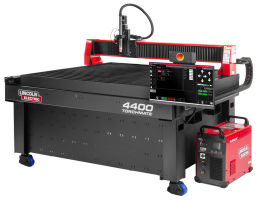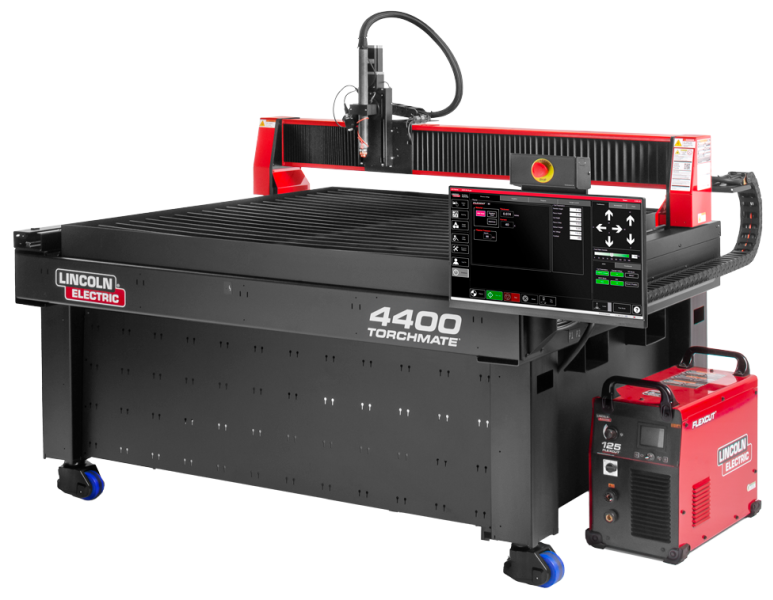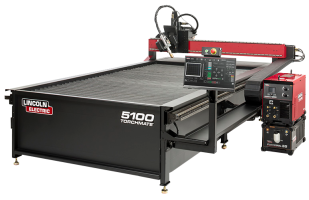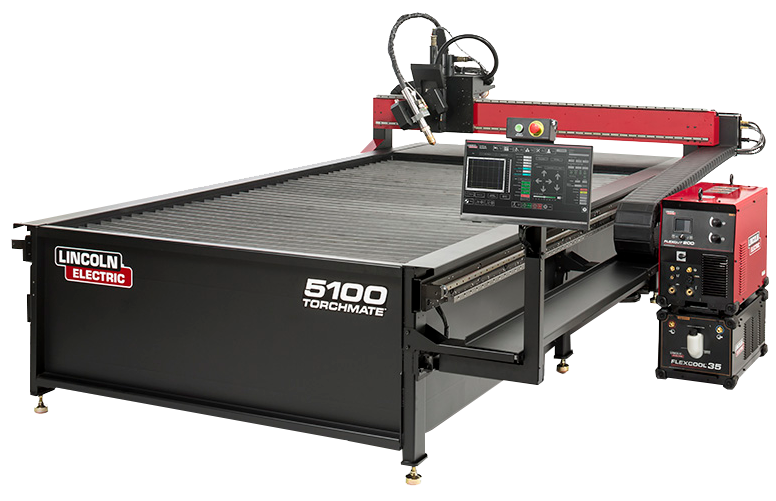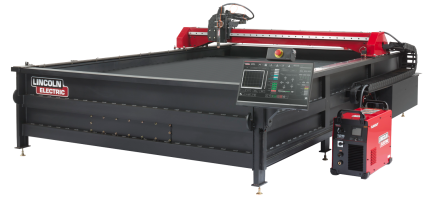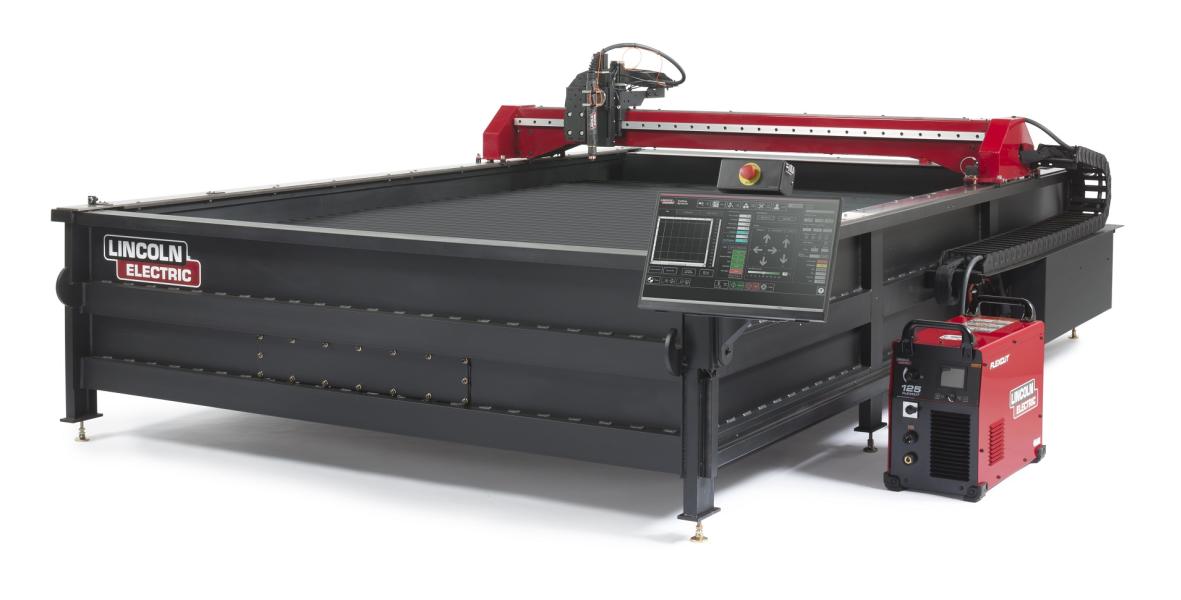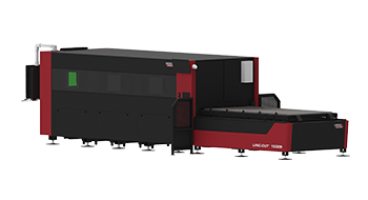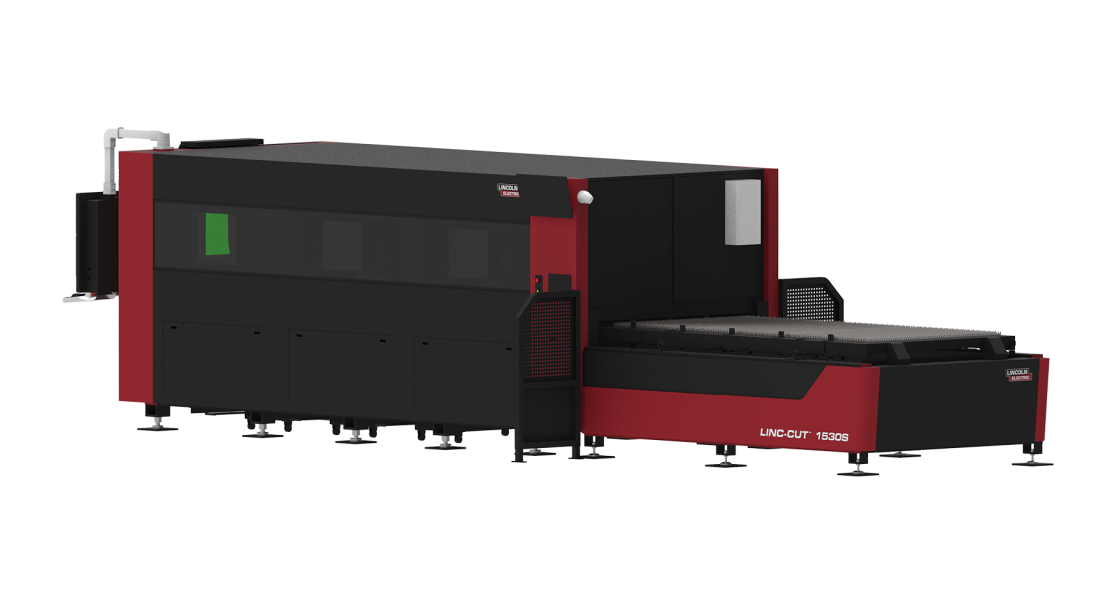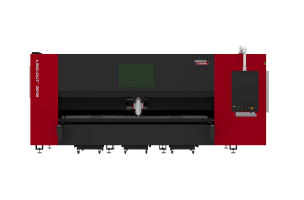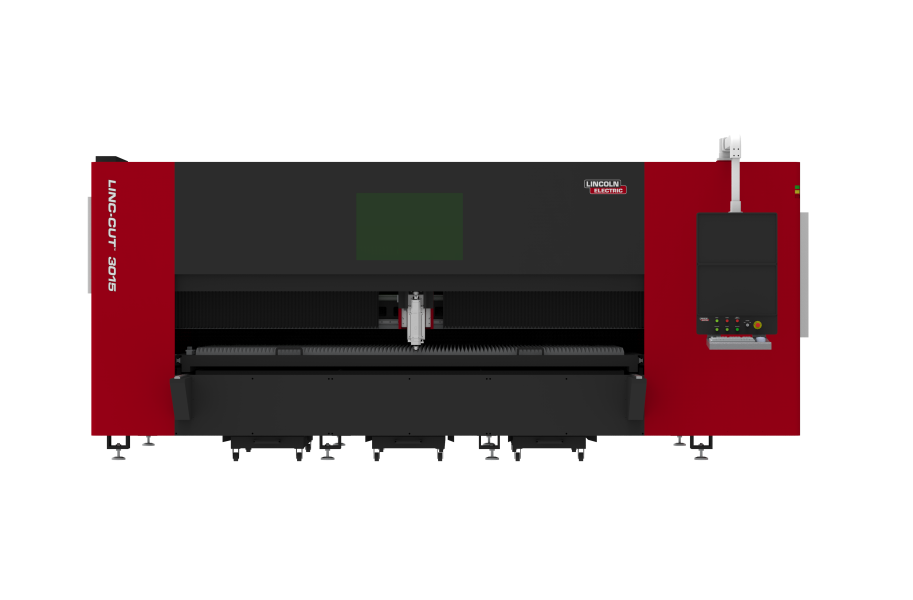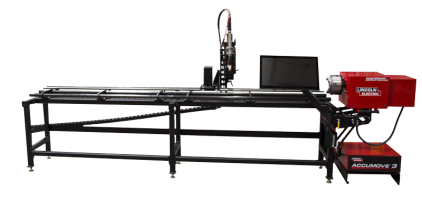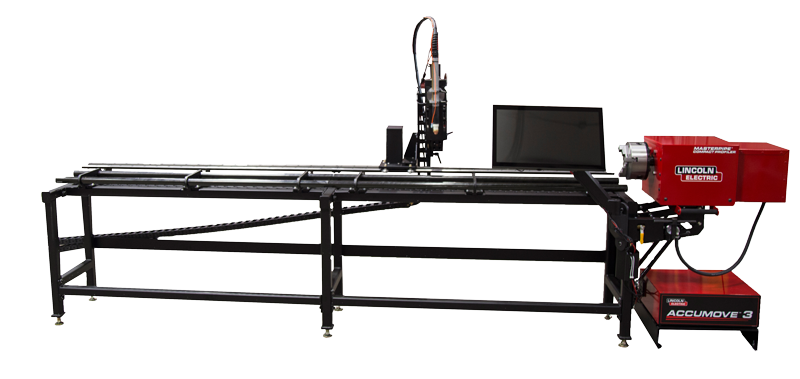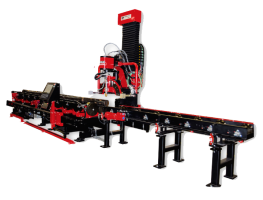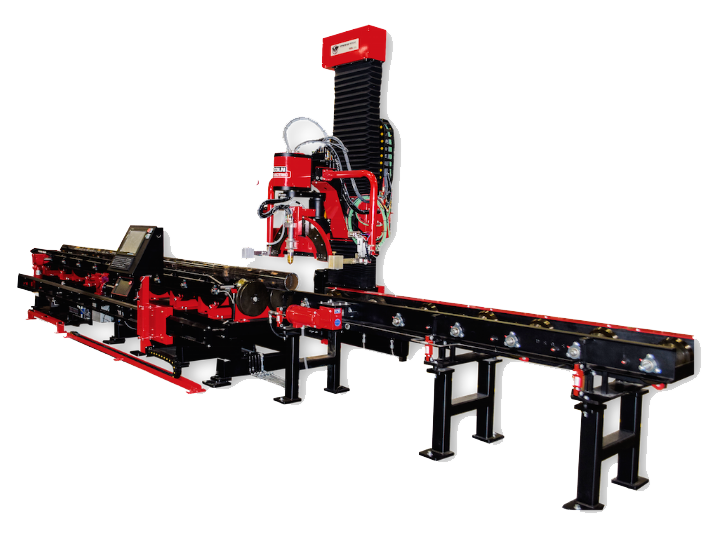Importing to the Torchmate Driver Software Version 2
Exporting & Importing to the Torchmate Driver Software
Now you are ready to export your image. Click on the File menu, and scroll down and select Export. The Export window appears, see below. To export your file, find the folder you want to export the image to, and put it in the “Save In” area. For File name, choose a name you will easily remember. For Save as type, select “DXF (Line) dxf”. All other items should remain as they are, now click Export. The file has now been saved in the folder you specified.
Minimize your Torchmate CAD, and then select the Torchmate driver software icon on your desktop to open the program. Start OFFLINE for this exercise. The main window should look close to the image below. To Import a DXF file to the Torchmate driver software, click on the File menu, scroll down to Import DXF, and select.
The Open window should appear. Scroll through your folders to locate the exact folder containing your dxf file, then select the file, and click on Open.
The Save As window opens, which asks you where you want to save the converted G code or FGC file. Select a folder such as Torchmate Data, and then click on the Save button.
The Import DXF file appears. This window should look as it appears below. Under the General area, scale should be at 1.0000, Decimals at 4, Join Tolerance at 0.00100, Optimize Path is unchecked, and Line numbers checked. For Feedrates, you may specify the federate at which you want to cut out your image in inches per minute. For the Program Zero Location, we recommend that you utilize Lower Left of Tool Path, call Tech support for more information. Click OK.
The main window should now display your image in RED. The G-code associated with your image is located in the lower left corner of this window, your program coordinates are listed in the upper right corner, and your machine controls are located in the lower right corner.
With your Controller Offline, select Continuous in the lower left corner, then select Start. The program will now read through the G code and a BLUE line will follow the torch head as it simulates the cutting process.
The blue line will continue until the entire image has been cut. This is a great way to double check your image’s cut program, by allowing you to view the order of cuts, direction of cuts, and save valuable material until the program is as exact as you want it to be.



